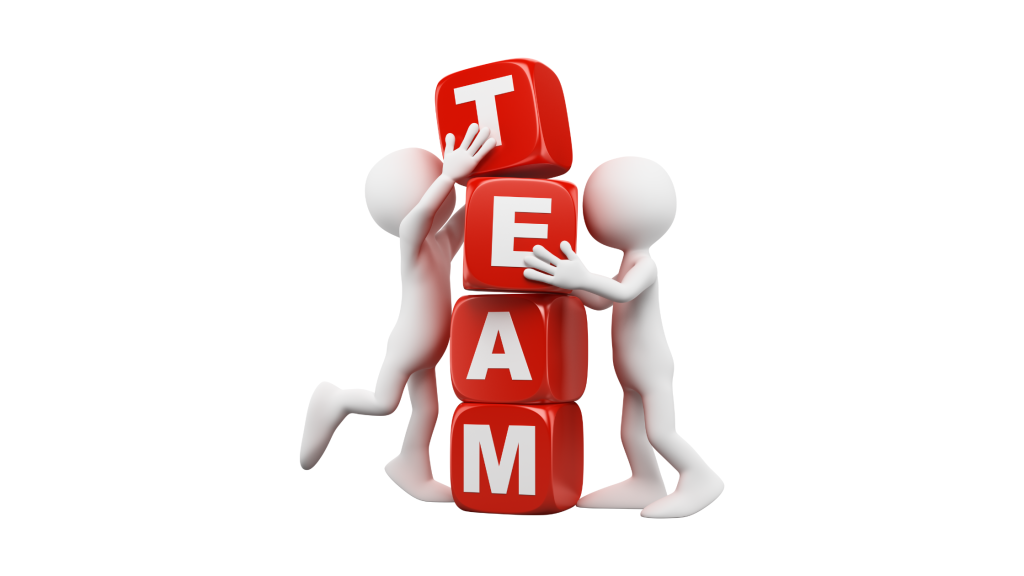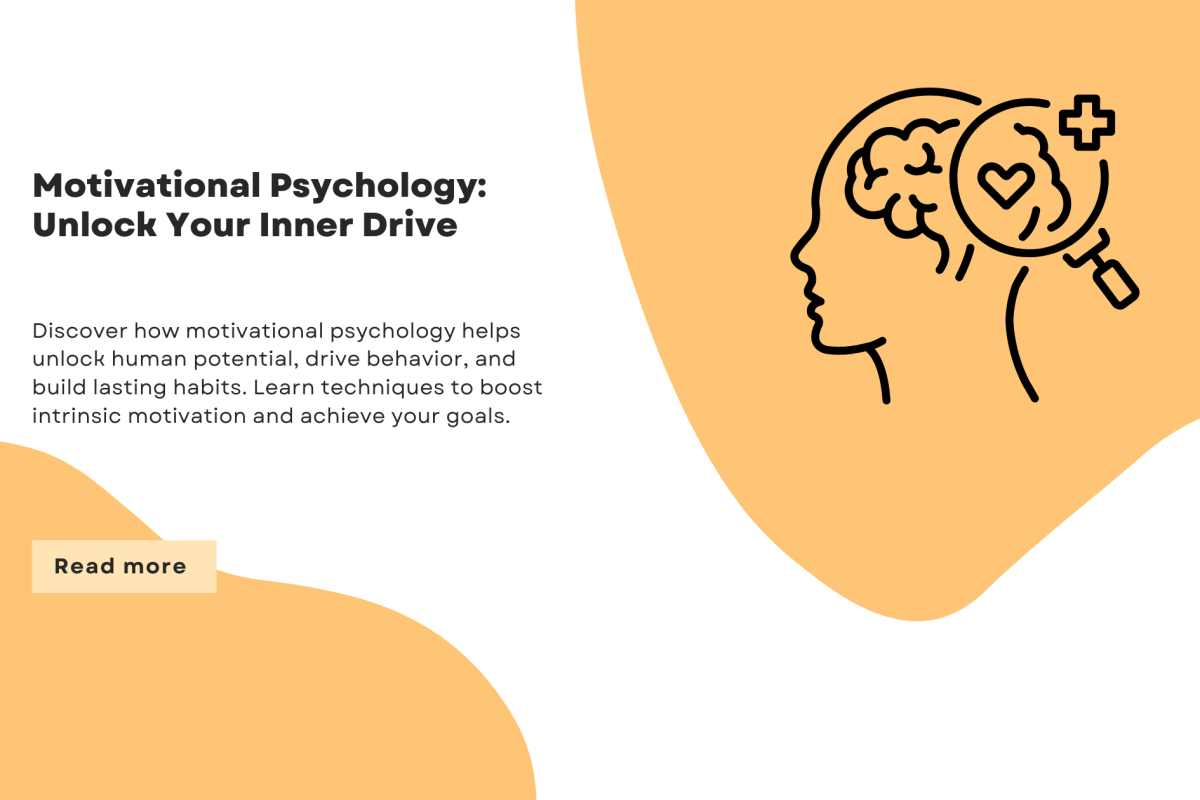In today’s fast-paced business landscape, team building is more than just a corporate cliché. It’s a strategic investment in people that boosts productivity, fosters creativity, and strengthens company culture. Whether you’re leading a startup, managing a department, or scaling an enterprise, the ability to build and nurture high-performing teams can make or break your success.
A well-bonded team doesn’t just share tasks — they share trust, commitment, and goals. Great teams collaborate effortlessly, resolve conflicts faster, support each other’s growth, and collectively drive results.
Benefits of Team Building in the Workplace
Improved Communication: Team building exercises help break down communication barriers and encourage transparency and active listening.
Better Collaboration: When individuals understand each other’s strengths and working styles, they collaborate more effectively.
Boosted Morale: Positive relationships reduce stress and boost motivation, leading to higher employee satisfaction.
Higher Productivity: Engaged and aligned teams are more efficient, innovative, and capable of delivering results.
Greater Retention: When employees feel connected and valued, they’re more likely to stay and grow with the organization.
Key Elements of Successful Team Building
1. Clear Vision and Shared Goals
A successful team starts with a clear understanding of the organization’s mission and how each role contributes to it. Setting shared goals helps everyone align their efforts and move in the same direction.
2. Open Communication Channels
Encourage transparency and two-way communication. Whether it’s through daily stand-ups, weekly reviews, or communication tools like Slack or Microsoft Teams, keeping the dialogue open is essential.
3. Mutual Respect and Trust
Trust is the foundation of any strong team. Encourage a culture where people respect differing opinions, support one another, and deliver on commitments.
4. Inclusion and Diversity
Build a team with diverse backgrounds, experiences, and perspectives. Inclusive environments drive creativity and help solve problems more effectively.
5. Supportive Leadership
A great leader empowers the team, removes obstacles, provides resources, and sets an example of humility, empathy, and accountability.
Proven Team Building Activities That Work
Icebreaker Games: Activities like “Two Truths and a Lie” or “Who Am I?” help new team members bond quickly.
Outdoor Retreats: Taking the team out for a day of trekking or team sports strengthens relationships in an informal setting.
Volunteer Together: Engaging in community service as a team builds a sense of shared purpose.
Problem-Solving Challenges: Activities like escape rooms or team puzzles test collaboration and strategy.
Skill-Sharing Sessions: Internal workshops where employees teach each other can foster growth and connection.
How to Build a High-Performing Team: Step-by-Step
Step 1: Hire for Fit, Not Just Skills
Look beyond qualifications. Evaluate values, personality, and collaboration mindset.
Step 2: Set Expectations Early
Clearly communicate roles, goals, and how success is measured.
Step 3: Promote Ownership and Accountability
Give team members the freedom to own their responsibilities. Recognize efforts and outcomes, not just compliance.
Step 4: Provide Continuous Feedback
Offer constructive feedback regularly — not just during annual reviews. Recognition and improvement go hand-in-hand.
Step 5: Celebrate Wins
Never underestimate the power of appreciation. Celebrate team milestones, small wins, and individual efforts.
Common Challenges in Team Building and How to Overcome Them
Lack of Communication: Schedule regular check-ins and foster a feedback culture to ensure alignment.
Personality Conflicts: Address disagreements early. Use conflict resolution practices and mediation if needed.
Low Engagement: Rotate team roles, offer learning opportunities, and keep work purposeful.
Remote Work Disconnect: Use digital tools to bridge gaps, and organize virtual team-building sessions to keep spirits high.

The Future of Team Building in a Hybrid World
As more organizations embrace remote and hybrid work, team building has evolved. Virtual team-building games, digital hangouts, and remote collaboration tools have become essential. But the goal remains the same — to create a strong, connected, and resilient team, no matter where they are.
Investing in team building is investing in your business’s most important asset: people. Whether it’s online or offline, casual or structured, team building fosters unity, ignites motivation, and propels collective growth.
FAQs on Team Building
Q1. What are the best team building activities for remote teams?
Virtual games, online workshops, digital coffee chats, and remote escape rooms are great ways to bond virtually.
Q2. How often should we do team building exercises?
Ideally, once a month for informal bonding and once a quarter for more structured, goal-driven sessions.
Q3. Is team building only for new teams?
Not at all. Even long-standing teams benefit from consistent team building to reinforce trust and resolve conflicts.
Q4. How can I measure the success of team building?
Monitor engagement, communication patterns, employee feedback, and performance metrics pre- and post-activities.
Q5. Can team building be done without spending a lot?
Absolutely. Simple activities like appreciation circles, brainstorming games, or walk-and-talks can be just as effective.
Conclusion
In the long run, a company’s success isn’t defined just by its products or profits, but by its people — and how well they work together. Effective team building is not a one-time effort but a continuous commitment to nurturing trust, collaboration, and growth.
Want to learn more tips on leadership, team dynamics, and success-building strategies?
Visit www.subhamcharan.com and take your team to the next level.

